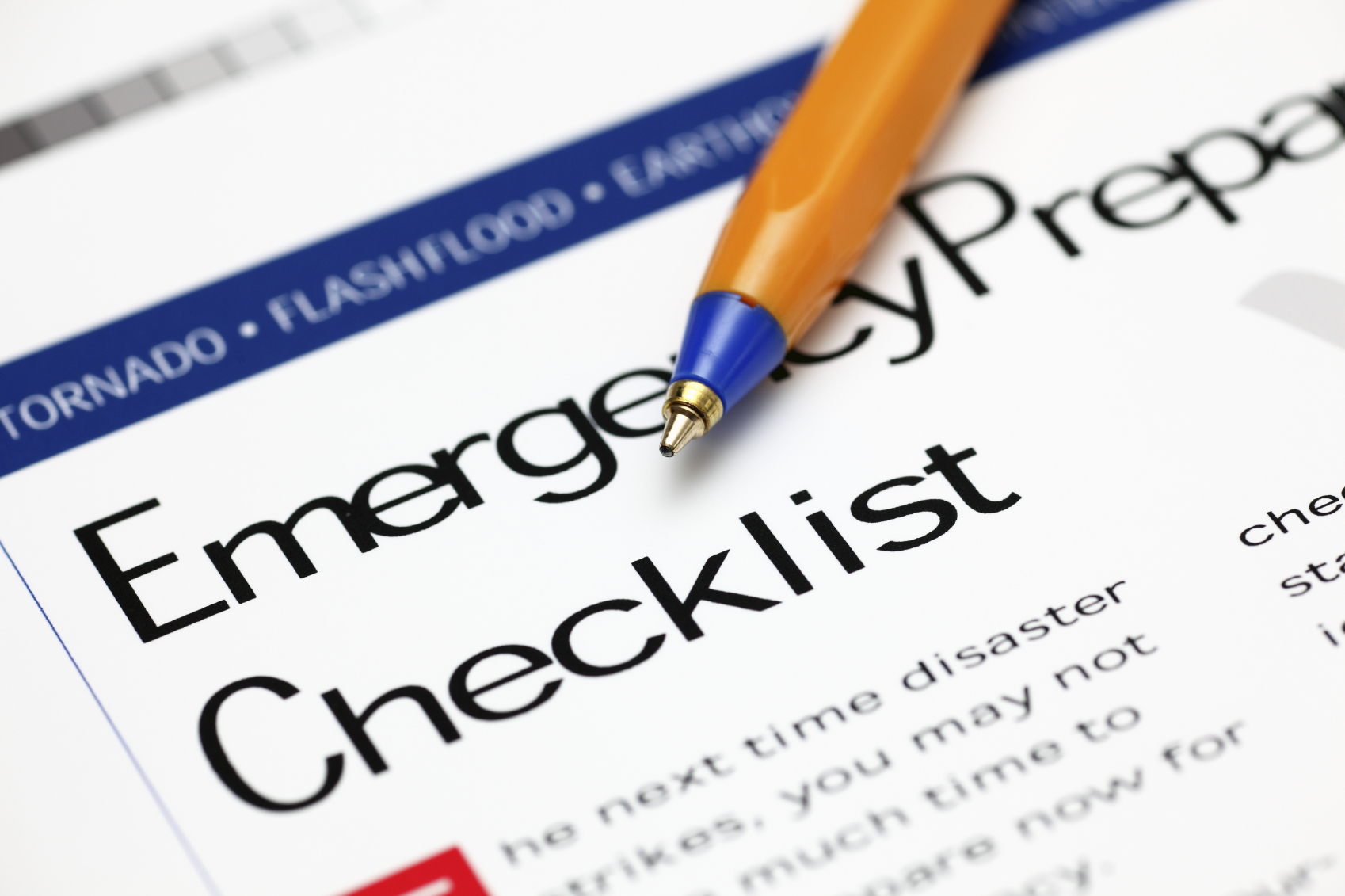3 Steps Towards Emergency Preparedness
September is National Preparedness Month. Are you ready in the event of an emergency? Regardless of where you live, chances are, there will be a time when you’re faced with an emergency situation. Heavy rains can cause flooding, wind could disable power to your home and businesses, or natural disasters could hit unexpectedly. While you can’t predict when a disaster will happen, you can prepare yourself with supplies and knowledge.
The Centers for Disease Control and Prevention (CDC) has resources to assist families as they plan for a potential emergency. Many people underestimate how far a little preparedness can take them when a disaster strikes.
STEP 1: Make a Kit
The first step is to prepare a supply kit that has the essential items for the first 72 hours after an emergency. This includes water, non-perishable food, batteries, blankets, and first aid supplies. It’s also a good idea to write down the phone numbers and addresses of your family and store it inside of your emergency kit. You may not be able to search for it online or on your phone during a crisis. Don’t forget to stash food for your pets as well! Finally, be sure to store the kit in a location where everyone can find it.
STEP 2: Make a Plan
Once you’ve assembled your kit, you should discuss the plan of action for after an emergency. If you needed to, would you know how to shut off gas, electricity and water? How will you communicate with those closest to you? Texting is easier than calling in the moments following a disaster, and are a great way to let others know that you’re safe. Local phone lines will likely be overwhelmed in the moments following a disaster…do you have an out of town relative that you can all reach out to and communicate with should you be unable to reach one another locally?
You also need to discuss places to meet. Remember… different disasters may require you to go to different places, so it’s a good idea to have a few planned spots to head for, both in and out of your immediate neighborhood.
STEP 3: Make Sure You’re Informed
Which types of emergencies are most likely to occur in your area? Do you know how to respond to each one? Take a few minutes to review the potential threats that occur with each possible disaster. Be sure that you know what to do in the event of earthquakes, high winds, floods, and severe weather.
Do you know how your community gets the word out about potential dangers? Some local governments text alerts to local residents, others use sirens…would you know what the siren meant if you heard it?
Do you know which local stations broadcast information, designated shelters and evacuation instructions for your region? The best time to seek out this information is before you need it. Commit to finding this information now, and sharing it with your family and friends.
Sign up for alerts in your area at http://www.ready.gov/alerts
Read more tips on emergency preparedness at http://www.cdc.gov/features/beready/
- 3 Steps to Emergency Preparedness
